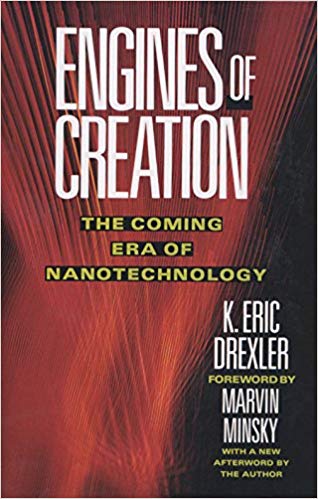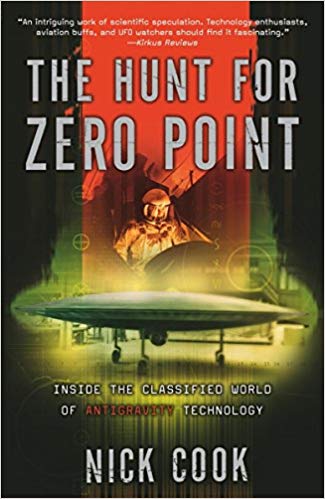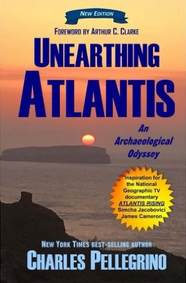Failures of General Motors and the United Auto Workers…
By Camille F. McMillan
Reviewed by Brian R. Wright
 … and the civil and criminal justice in Michigan, and the general community of plant workers who failed to step in and prevent this horrific harassment of an exceptional and accomp-lished journeyman electrician—who happens to be black and a woman.
… and the civil and criminal justice in Michigan, and the general community of plant workers who failed to step in and prevent this horrific harassment of an exceptional and accomp-lished journeyman electrician—who happens to be black and a woman.
The title should be Unrelenting, to describe the abuse she suffered, mainly at the Pontiac East Assembly Plant during the 1990s and into the early 2000s. What happily married-for-41-years Camille McMillan had to endure is something out the worst Hollywood version of the Old South in the 1950s. In the Heat of the Night of Sparta, Mississippi, of 1967, ain’t got nothing on the blue collar bad apples (scum)—and their white-collar management and union enablers (often worse scum, participating in the abuse)—of Pontiac, Michigan, of the turn of the 21st century.
Then, after a journey down the big-money-bought (GM branch of corporate government) citadel of corruption that passes for a judicial system these days, seeking a suitable redress of grievances, Mrs. McMillan’s case(s) are botched by attorneys and summarily, criminally squelched by judges. On top of it all, Camille has Multiple Sclerosis (MS), exacerbated by the trauma she suffered at work and now at a devastating stage:
“I lost my job. My MS is now progressive and I can’t walk. I have weird sensations throughout my body because of it. I have numbness throughout my body. I can only sleep four or five hours a night because of these sensations. The medicine I take does little to help. I’m glad I left [GM] because our work relationship was getting darker. Derek, Amos, and LeRoy were three of four of the worst black males [plenty of black-man-on-black-woman ‘piling on’ to the underlying pervasive low-life, white racism and sexism at the plant, you get the picture: the harassment was systemic — ed.] I have ever encountered….” — page 222
All I have to say is, “Where is Oprah when we need her?” The world we’re all up against is one giant Jerry Springer Show with a pack of elite corporate-state vipers opportunistically instigating and sustaining all the injustices for their own sleazy financial scams, while smiling down sadistically at their little puppet show with dead eyes. Camille’s story is OUR story, any honest person who has gone up against the man, naïvely, and been thrashed about like a rag doll by a spoiled child. The spoiled children are IN CHARGE of our society… and that has to change. How? Well, I do have a plan.[1] Continue reading






